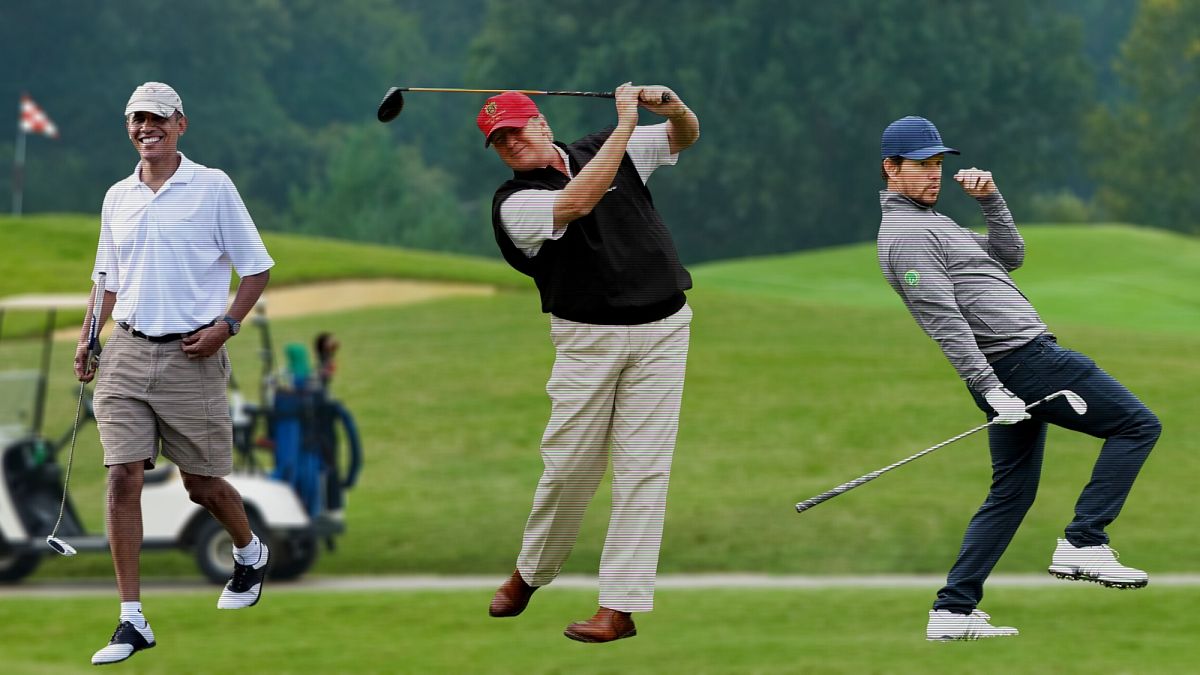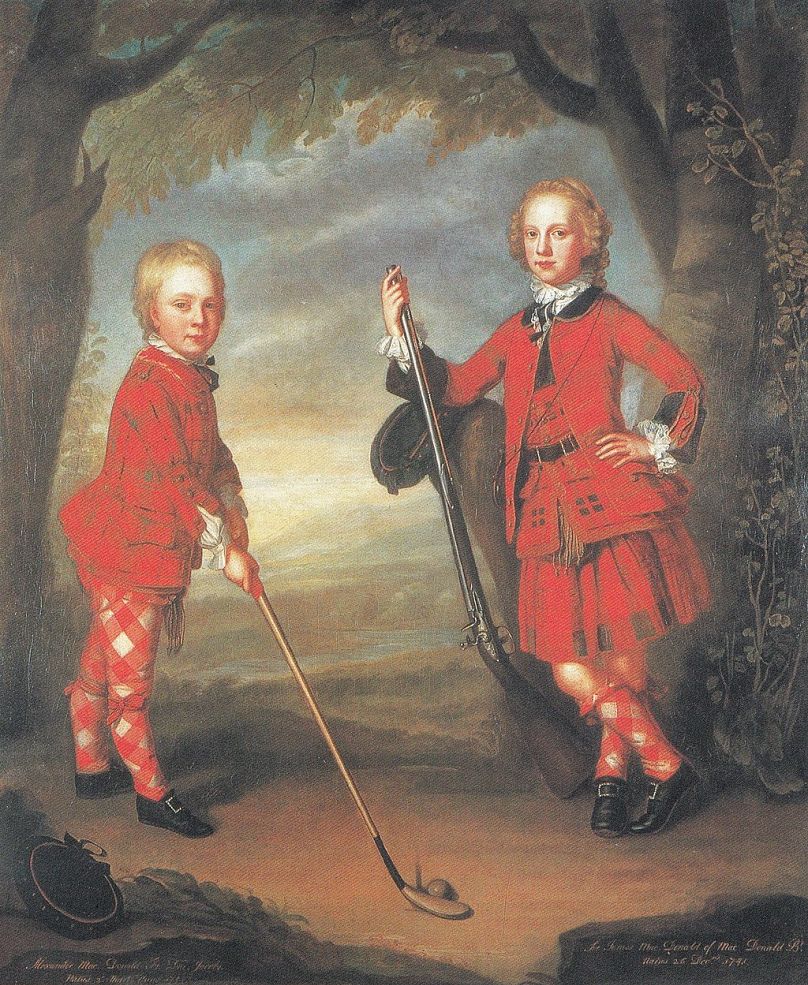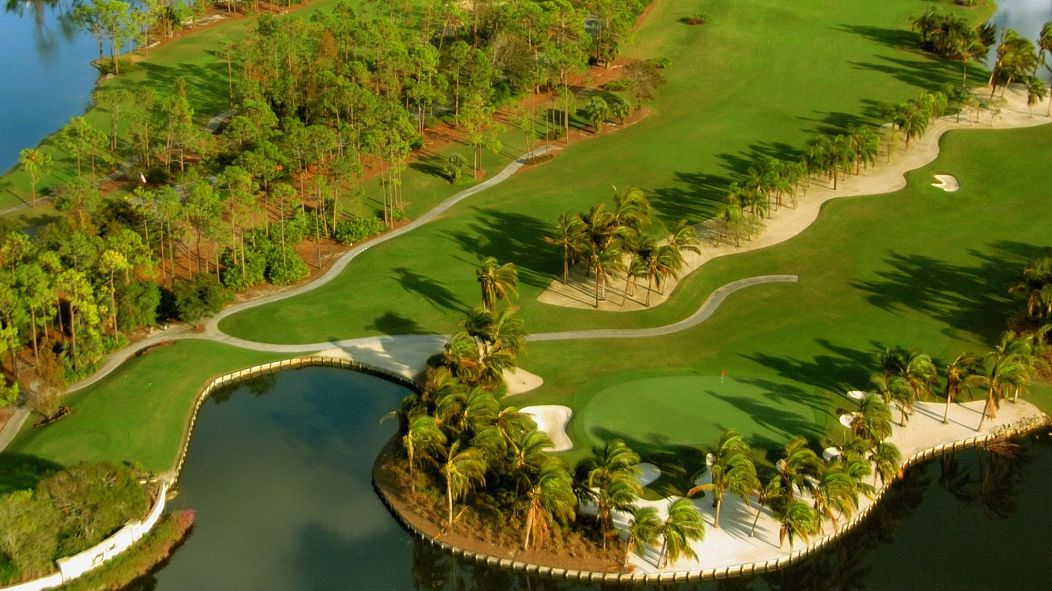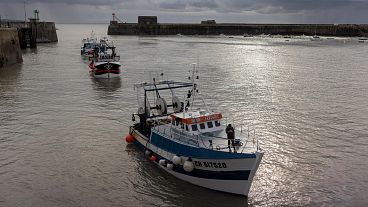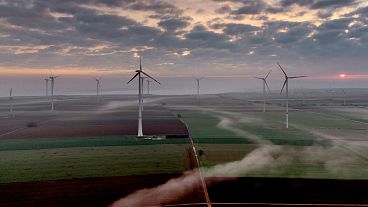"It’s time we, as a society, admit that golf was a bad idea and move on," argues Abbie Richards.
Science communicator Abbie Richards argues that the game of golf is both environmentally and socially destructive.
Society has evolved past the need for golf.
Few things make me angrier than poorly purposed land. Land, for instance, that could be affordable housing, a community farm, a public park or a natural habitat, but instead has been converted into a massive board game that functions more as a status symbol than as a form of entertainment.
There are almost 40,000 golf courses in the world. They sit there, using 26 times the amount of space per player as a football field - while providing far less value to the global community.
Dominating nature as sport
There is a common misconception that to play golf is to be in nature. That is false. Golf courses are not natural - they are nature-themed amusement parks. There is an art to their craft, an art that requires the deforestation and restructuring of the land.
Golf is not a celebration of nature. It is the celebration of dominion over nature. It’s nature, but clean with trimmed, sterile green grass, less biodiversity, and plenty of alcohol. Humanity took nature and bulldozed the land into a board game so big they have to drive across it.
Over 9 billion litres of water are wasted in the US each year to maintain the appearance of golf courses. In Thailand a single golf course uses as much water as 60,000 rural villagers, just so rich tourists can play the same game they play at home but with a Mai Tai.
Courses dump often unregulated fertilisers and pesticides on their greenways to keep the grass looking unnaturally green. The fertilisers run off into bodies of water, causing a state of nutrient over-enrichment called eutrophication which results in algal blooms that destroy ecosystems. The pesticides run off into water, seep into the soil, or are carried by wind into other ecosystems where they wreak havoc on existing species.
For perspective, 98 per cent of insecticides and 95 per cent of herbicides reach a destination other than their target species. While pesticides can be necessary in agricultural production, their usage to maintain the aesthetic appeal of a game is undeniably reckless.
If you do want an agrochemical-free golf experience there is only one completely organic course in the US. You can’t join though, because their membership is capped at 315 members.
If you do somehow get off the waiting list, membership is only a $350,000 USD (€285,000) initiation fee and then $12,000 USD (€9,760) per year.
Where does golf come from?
The Scottish are generally credited with the invention of golf in the 15th century, but the sport’s origins are contentious.
The Dutch had a similar game played on ice in the 14th century, and another comparable sport was also invented in the Song dynasty well over 1000 years ago. Even the Ancient Romans had a stick and ball game in 100 BCE.
Much in the same way the agricultural revolution popped up in civilisations around the globe, so did golf. It’s like monkeys typing Hamlet: given enough time, every society will invent golf.
The Scottish, however, were uniquely innovative in that they put the hole in the ground.
The sport didn’t really explode in popularity until the end of the 19th century. In 1880 England had 12 golf courses, but by 1914 it had over 1000. Wealthy English and Scottish travellers during this period brought golf to the United States.
What does this have to do with the US?
Golf’s transition from sport to ecological villain is ultimately down to the US.
Now is when I should disclose I am an American. And I’m sorry about that. Deeply, deeply sorry.
The plague of golf courses playing havoc with our environment is our fault. Which is why I feel such a strong obligation to the public to see this “sport” eradicated.
Golf arrived in the US as a sport for the rich coastal elites, but after World War II when (white) people moved en masse to the new suburbs, golf followed.
Technological progress, advances in medicine and a booming post-war economy meant people were living longer, making more money, and retiring younger. For decades golf had been the game of elites, and the emerging white middle class who suddenly owned land and cars and had leisure time wanted to feel rich - so they golfed.
Here we are, on a beautiful planet filled with rich biodiversity and beautiful ecosystems that have been torn down and replaced with 40,000 grass wastelands.
The game that exploded in popularity as a symbol of middle class success now symbolises waste, excess, and inequality. Golf is quite literally a waste of space. People are homeless and hungry in the same cities where a privileged few whack little balls across the land that could house and feed thousands.
Golf celebrates the wastage of resources and degradation of nature for the benefit of the select few who can afford it.
The ice sheets are melting, the oceans are rising, global temperatures are increasing, and species are going extinct. Actual nature is collapsing but maybe the golfers aren’t noticing because the view from their astroturf looks just fine.
The 20th century is over. It’s time we, as a society, admit that golf was a bad idea and move on.
**Abbie Richards is a science communicator who discusses climate and misinformation. She's currently studying her MSc in climate at Wageningen University and Research in the Netherlands, and is a research fellow at the__Accelerationism Research Consortium.**
Twitter: @abbieasr | Instagram: @abbiesr | TikTok: @Tofology
